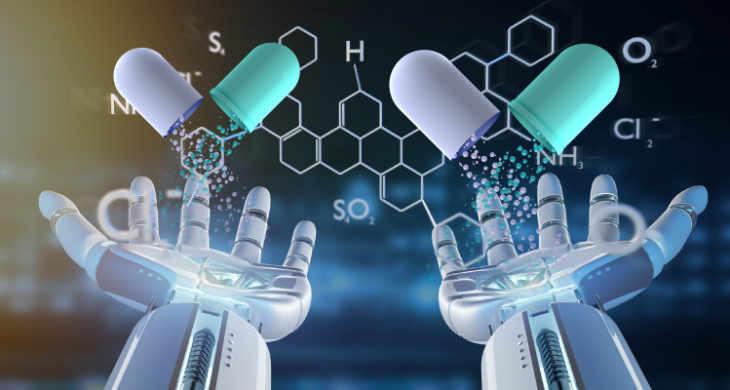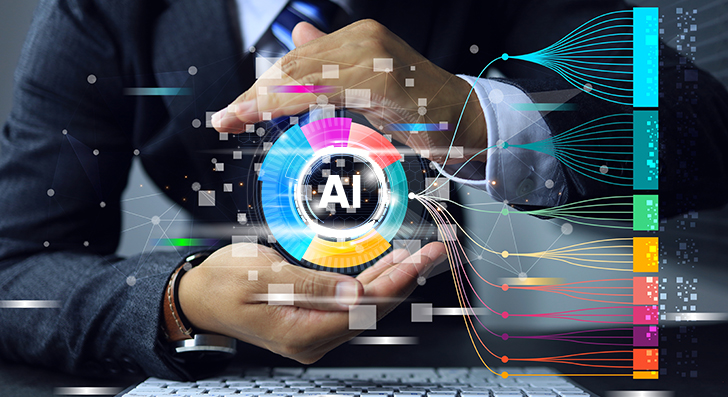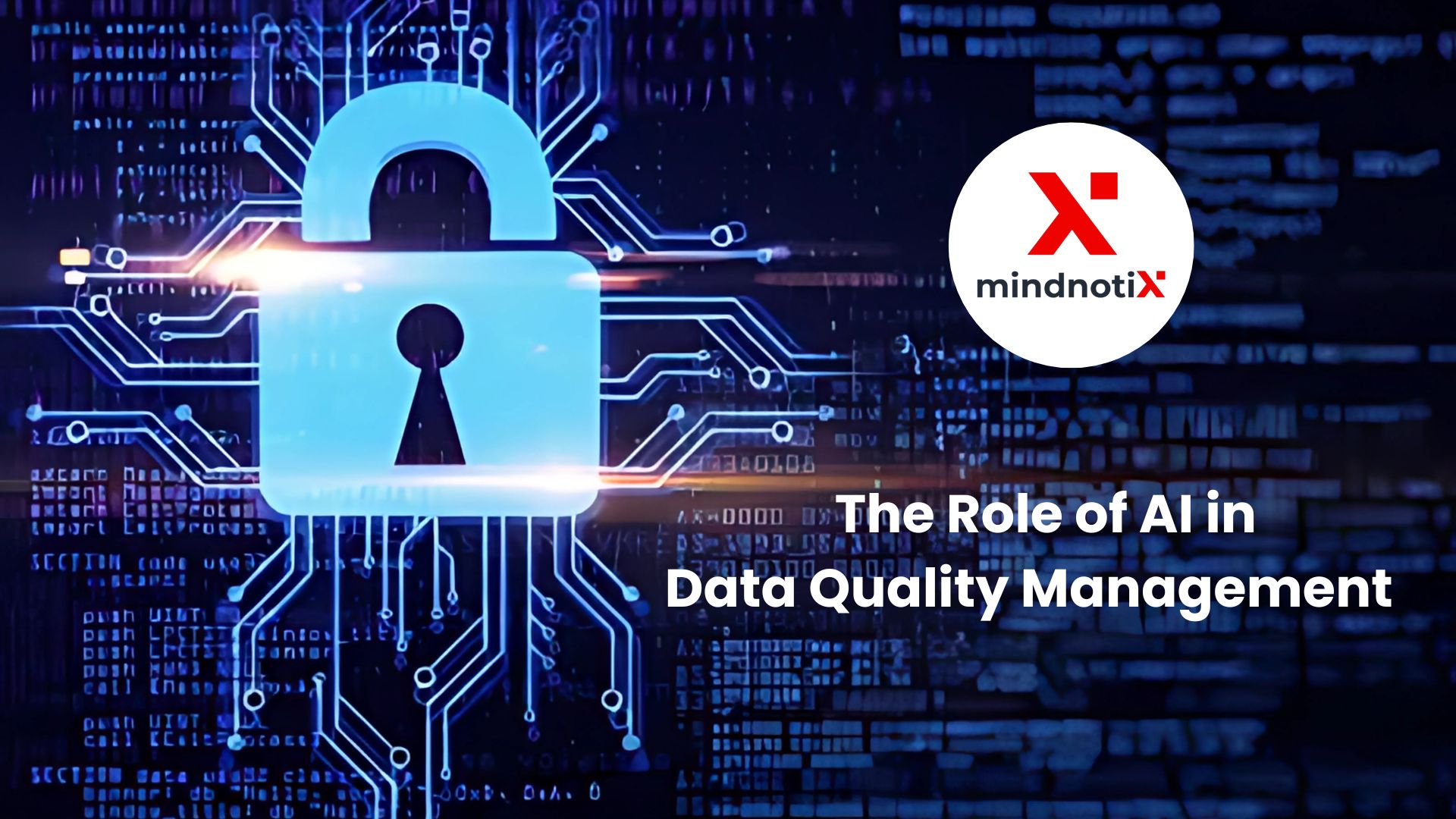Artificial intelligence is transforming drug discovery and development as well. Traditional drug discovery processes can take years and cost billions of dollars. Instead, AI algorithms can analyze huge datasets of chemical compounds and predict which ones are most likely to be effective for treating a particular disease. This accelerates the process of identifying potential new drugs and reduces the need for expensive and time-consuming laboratory work. AI also helps in designing clinical trials by identifying suitable candidates and predicting patient responses, speeding up the entire drug development process.
AI is poised to transform cancer treatment by revolutionizing drug discovery and development. Its ability to analyze vast datasets through machine learning, natural language processing, and data analytics allows for faster identification of promising drug candidates. This leads to more efficient preclinical and clinical trials, ultimately reducing the time and cost associated with bringing new cancer therapies to market.
Importantly, studies suggest AI-driven drug discovery significantly improves success rates in early clinical trials, with some estimates showing an 80-90% success rate compared to the 40-65% rate for drugs developed through traditional methods. This increased efficiency and higher success rate are particularly impactful in oncology, as nearly 30% of all AI applications in drug discovery are dedicated to developing new anticancer drugs. This focus reflects the urgent need for innovative cancer treatments and the potential of AI to accelerate progress in this critical area.
Challenges of Traditional Drug Discovery
Traditional drug discovery is a lengthy, expensive, and high-risk process. It typically takes over a decade and costs more than $2 billion to bring a single drug to market. This complex undertaking involves significant trial-and-error experimentation at each stage, from target identification and validation to preclinical testing and clinical trials, resulting in a staggering 90% attrition rate for drug candidates. These failures are primarily due to insufficient efficacy or unforeseen safety concerns.
Time-consuming: Over a decade to bring a single drug to market.
Expensive: Costs exceed $2 billion per drug.
Complex: Numerous stages, each with its own challenges.
Trial-and-error: Extensive experimentation at every step.
High attrition rate: 90% of candidates fail.
Reasons for failure: Insufficient efficacy or safety concerns.
Application of Ai in Drug Discovery
Finding the Right Targets: AI can sift through mountains of biological data – much faster than humans – and pinpoint these targets. Think of it like a detective quickly finding the crucial clues in a complex case. Tools like AlphaFold even help us see the shape of these targets, which is essential for designing drugs that fit them.
Checking for Safety: AI can analyze preclinical data and predict potential side effects, like whether a drug might harm the liver or heart. This is like having a safety inspector who can flag potential problems early on, before we even test the drug in humans. This prevents costly and sometimes dangerous surprises down the road.
Repurposing Existing Pieces: Sometimes, we already have the right puzzle piece – a drug that's already approved for something else. AI can help us find these hidden gems by connecting the dots between seemingly unrelated diseases. It's like realizing that a puzzle piece you thought was for one picture actually fits perfectly in another.
Running Smoother Trials: Finally, when we test drugs in people (clinical trials), AI can help us design better trials. It can help us select the right patients, predict who's most likely to benefit, and even adjust the trial as we go. This makes the whole process more efficient and increases our chances of success.
Anticipated Challenges
Data Quality: AI models rely on vast amounts of data, but inconsistent or incomplete data can negatively impact the accuracy and reliability of AI predictions. Garbage in, garbage out.
"Black Box" AI: Many AI algorithms work in a way that's difficult for humans to understand. This lack of transparency makes it hard to interpret AI's predictions and raises concerns about trust and accountability, especially in critical decisions.
Regulatory Hurdles: Regulatory agencies are still developing guidelines for how AI should be used in drug development. Establishing clear standards for validation and ethical use of patient data is crucial.
The future of AI in drug development
Increased Computational Power: As technologies like quantum computing mature, AI's ability to process and analyze massive datasets will increase exponentially. This will allow for more complex simulations, more accurate predictions, and the exploration of previously intractable problems in drug design and development.
Multi-omics Integration: Combining different types of "omics" data (genomics, proteomics, metabolomics, etc.) will provide a more holistic view of disease biology. AI will be crucial in integrating and interpreting these diverse datasets, leading to a deeper understanding of disease mechanisms and the identification of more precise drug targets. This will pave the way for more personalized medicine approaches.
Explainable AI (XAI): Addressing the "black box" problem, XAI will focus on developing AI algorithms that provide transparent and interpretable results. This will increase trust in AI-driven predictions and facilitate better decision-making scientists and regulators.
Real-World Data Integration: Integrating real-world data from electronic health records, wearable devices, and patient registries will provide valuable insights into drug efficacy and safety in diverse populations. This will improve clinical trial design and enable more personalized treatment approaches.
Focus on Prevention: AI will play an increasing role in disease prevention by analyzing lifestyle data, genetic information, and environmental factors to identify individuals at risk. This will allow for early interventions and the development of preventative therapies.
Automation and Robotics: Integrating AI with automation and robotics will further streamline the drug discovery process. Automated labs and high-throughput screening systems will be able to conduct experiments more rapidly and efficiently, accelerating the development of new drugs.
Collaboration and Partnerships: Collaboration between pharmaceutical companies, AI startups, academic institutions, and regulatory agencies will be essential for driving innovation and ensuring the responsible use of AI in drug development. These partnerships will foster the development of industry standards, best practices, and ethical guidelines.
Personalized Medicine: AI will be at the forefront of personalized medicine, enabling the development of treatments tailored to individual patients based on their genetic makeup, lifestyle, and other factors. This will lead to more effective therapies and better patient outcomes.
Ai for Drug Discovery Post Market Safety
The drug discovery market is a significant and growing sector within the pharmaceutical industry. It represents the initial phase of the drug development process, focused on identifying potential therapeutic targets and discovering promising drug candidates.
Signal detection: AI algorithms can analyze vast amounts of data from various sources, such as electronic health records, social media, and patient-reported outcomes, to identify potential safety signals for drugs that are already on the market. This can help to detect rare or previously unknown adverse events that may not have been identified during clinical trials.
Real-time monitoring: AI can be used to monitor drug safety in real-time by analyzing data from wearable devices and other sensors. This can help to identify potential safety issues early on and allow for timely interventions.
Risk prediction: AI can be used to predict the risk of adverse events for individual patients based on their medical history, genetic makeup, and other factors. This can help to personalize drug safety monitoring and identify patients who may be at higher risk of experiencing adverse events.
Drug-drug interactions: AI can be used to identify potential drug-drug interactions that may increase the risk of adverse events. This can help to prevent dangerous drug combinations from being prescribed.
Real-World Examples of AI in Drug Discovery
Insilico Medicine: Used AI to discover a drug for Idiopathic Pulmonary Fibrosis (IPF), cutting the discovery timeline in half. The drug is now in Phase II clinical trials.
Exscientia: Developed the first AI-designed drug for obsessive-compulsive disorder, significantly accelerating the identification of a suitable candidate. This drug has also moved into clinical trials.
BenevolentAI: Used AI to identify an existing drug, baricitinib, as a potential treatment for COVID-19 inflammation. This repurposing was validated in clinical trials and received emergency use authorization.
Conclusion
AI is poised to revolutionize the entire drug development lifecycle, from initial target identification to post-market safety surveillance. While challenges related to data quality, algorithm transparency, and regulatory frameworks remain, the potential benefits are undeniable. By accelerating research, reducing costs, and improving the safety and efficacy of treatments, AI offers a pathway to a future where new medicines are developed more efficiently and effectively. The journey towards AI-driven drug discovery is just beginning, but the destination promises a significant leap forward in our ability to combat disease and improve human well-being.
AI is revolutionizing drug discovery. Want to leverage its power? Signity's Our AI experts build custom solutions tailored to your needs. Contact us to transform your drug discovery pipeline.
Do you want to read about, Read here How AI Monitors Disease Progression Through Medical Imaging
For more information contact : support@mindnotix.in
Mindnotix Software Development Company


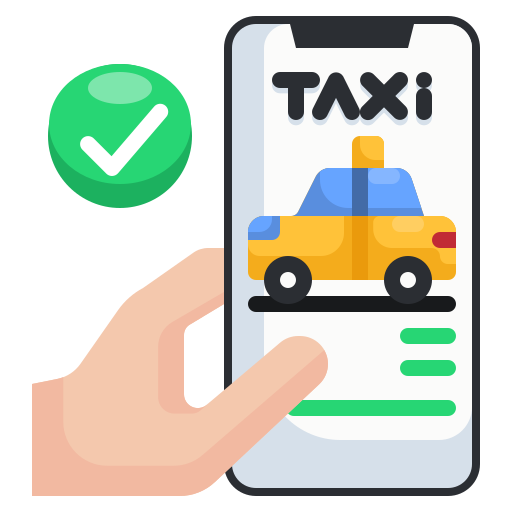 AI-Taxi App
AI-Taxi App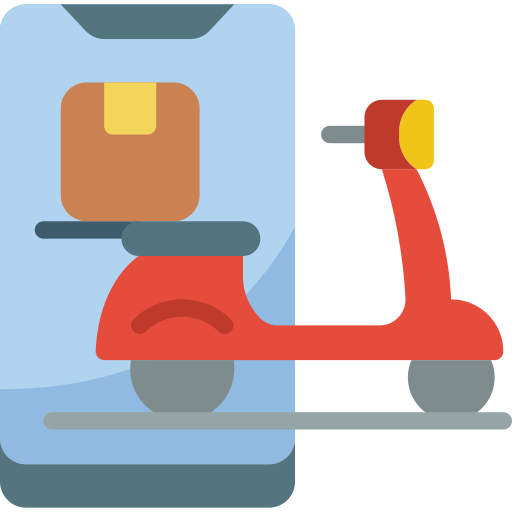 AI-Food App
AI-Food App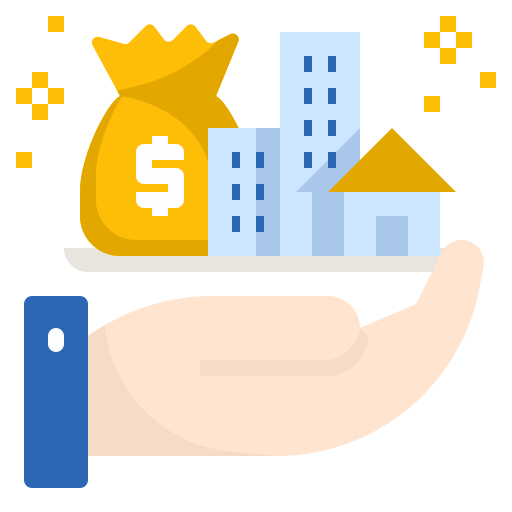 AI-Property Mgmt App
AI-Property Mgmt App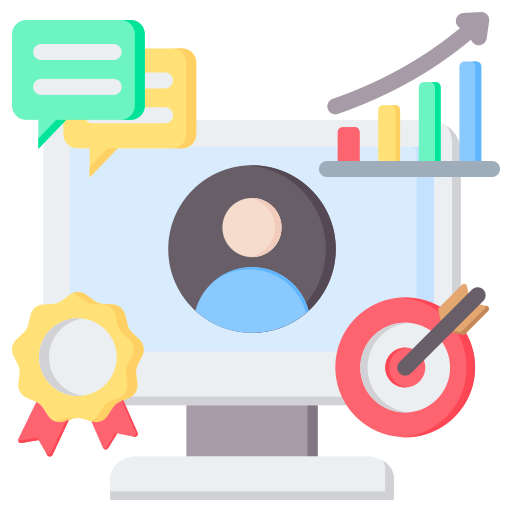 AI-CRM
AI-CRM AI-Fantasy App
AI-Fantasy App
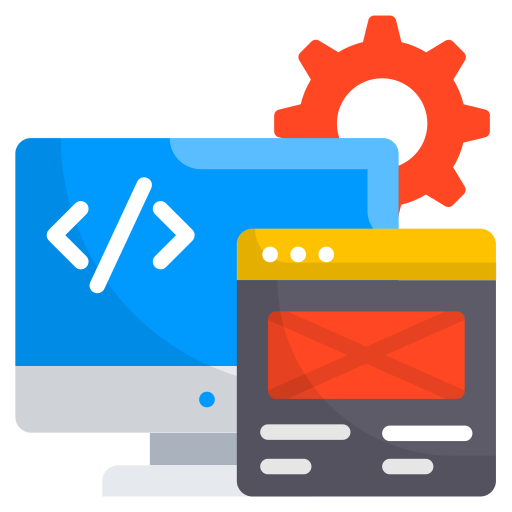 Web Development
Web Development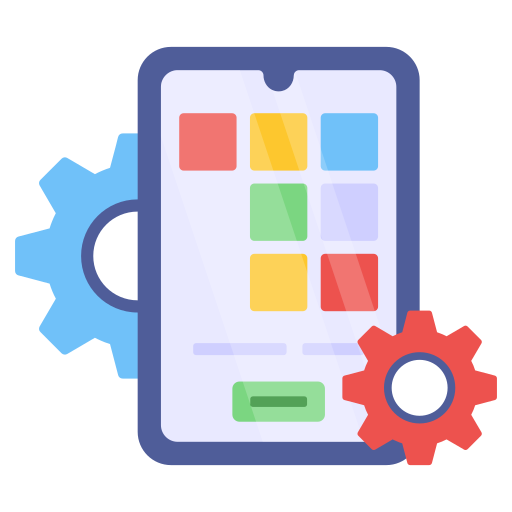 App Development
App Development Business & Startup
Business & Startup Hire Developer
Hire Developer
 Digital Marketing
Digital Marketing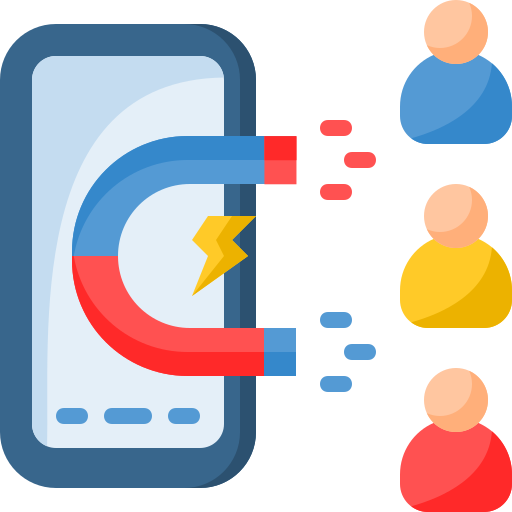 Lead-generation
Lead-generation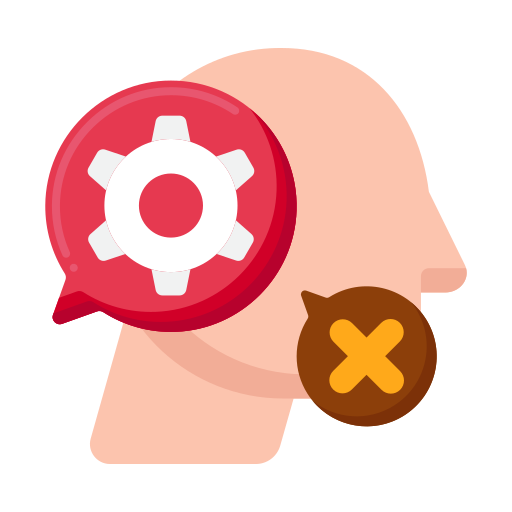 Creative Agency
Creative Agency Branding Agency
Branding Agency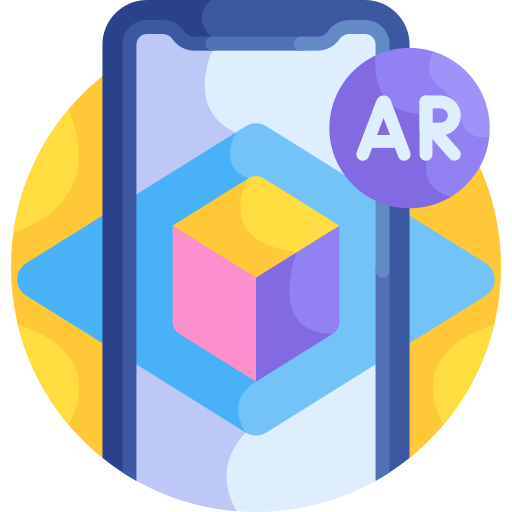 Augmented Reality
Augmented Reality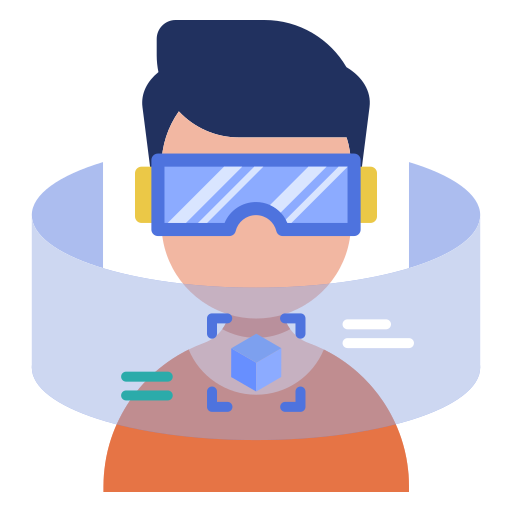 Virtual Reality
Virtual Reality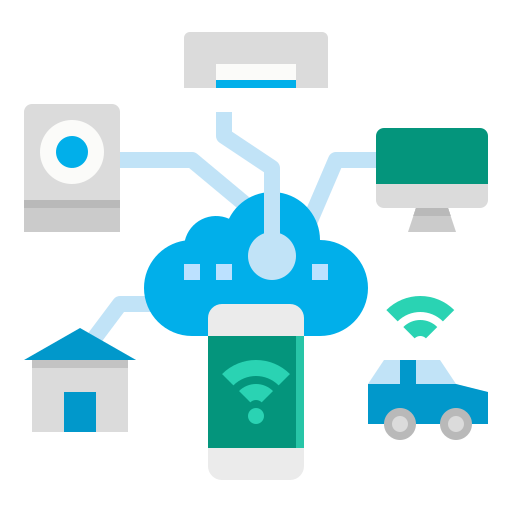 Internet of Things
Internet of Things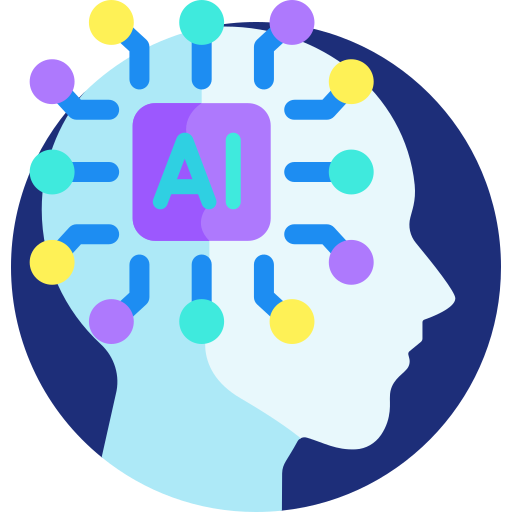 Artificial Intelligence
Artificial Intelligence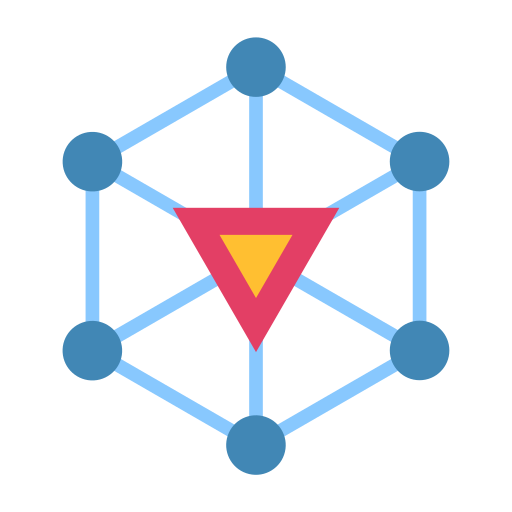 Blockchain
Blockchain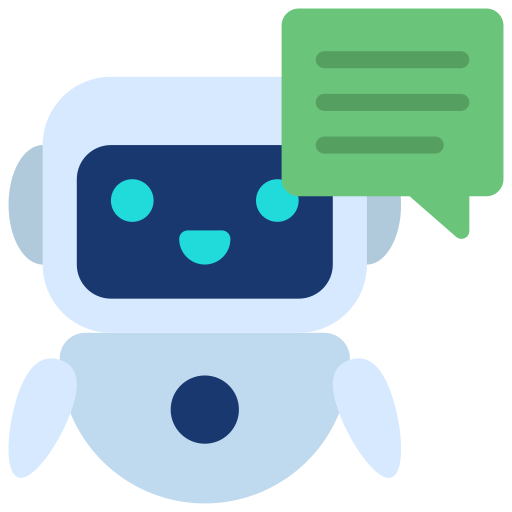 Chatbot
Chatbot